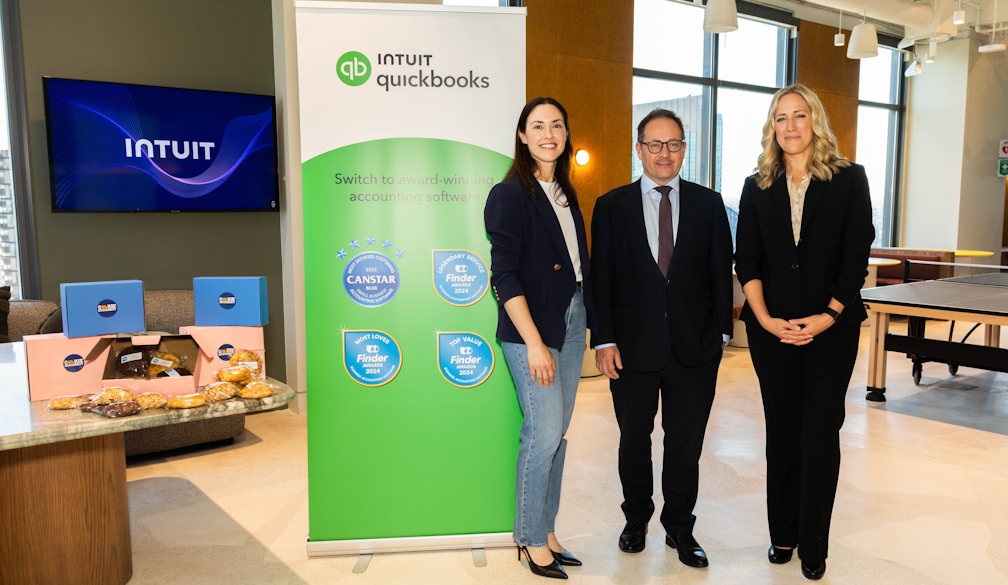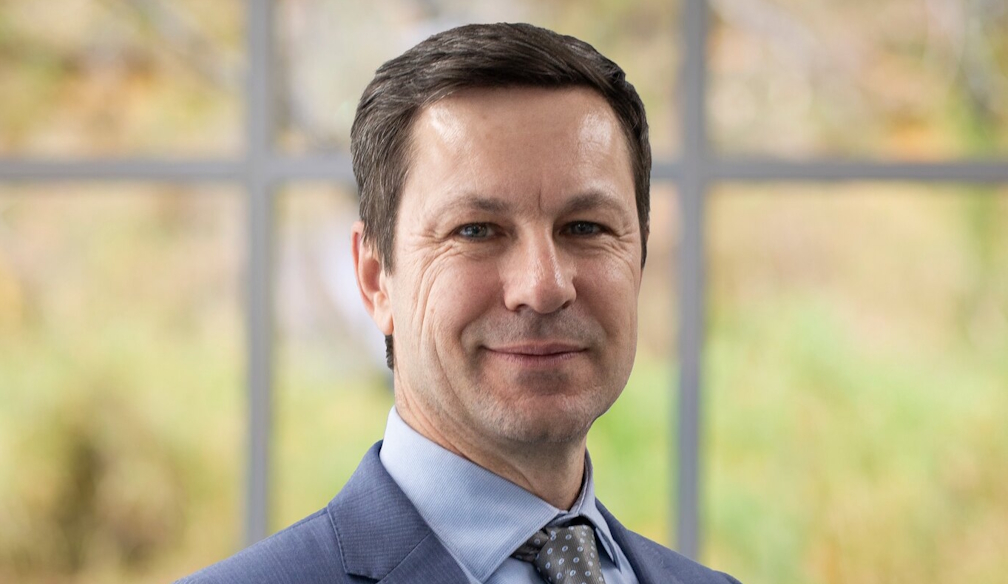New research shows how Indigenous-owned businesses are creating better outcomes for their employees
- Written by Christian Eva, PhD Candidate and Research Officer, Australian National University
We are seeing more Indigenous businesses in Australia. This is important, given these businesses produce social impact, support Indigenous economic self-determination and maintain strong levels of Indigenous employment.
When we hear about Indigenous knowledge businesses, we often think about how this knowledge is presented within a business’ product or service, such as through art, tourism or clothing. What is less understood is the role Indigenous knowledge can play in the organisation and culture of a business, and the profound impact this can have.
There is still a stark gap[1] between Indigenous and non-Indigenous employment on a national level. It doesn’t help when non-Indigenous-owned businesses continue to struggle[2] with hiring and retaining Indigenous employees.
But for Indigenous-owned businesses across locations and industries[3], employment remains strong. Research shows 36% of employees[4] within these businesses are Indigenous.
In our new research[5], we interviewed Indigenous business owners, managers and employees to explore how these businesses support strong levels of Indigenous employment. Our findings show a need for all Australian businesses to learn best practices from Indigenous businesses.
Read more: Indigenous-owned businesses are key to closing the employment gap[6]
What are Indigenous businesses doing differently?
Indigenous ways of knowing, being and doing[7] can bring a holistic approach to business management and organisational culture. In our research, participants discussed how Indigenous businesses maintained a non-hierarchical approach to their business structure. This structure incorporated a diversity of perspectives, which better informed tailored and effective policy and practices.
This meant the specific perspectives, values, strengths and circumstances of a workforce could be reflected by the business. This goes against the one-size-fits-all approach to Indigenous employment and recruitment policies that non-Indigenous businesses often implement.
To be formally recognised as an Indigenous-owned business, a business must be at least 50% owned[8] by Indigenous people.
Most Indigenous businesses listed in Supply Nation, a national database of Indigenous businesses, are 100% Indigenous-owned. As such, these Indigenous businesses have Indigenous people in leadership roles. This is in contrast to non-Indigenous businesses that struggle[9] with this.
Our research participants described Indigenous governance[10] within businesses as collaborative, responsive and relational[11]. Through this, managers can be better attuned to their employees’ needs, values and circumstances.
This knowledge builds a foundation to inform specific workplace practices. For example, workplace flexibility[12] is often provided within Indigenous businesses, but how it is provided varies on the specific contexts of the workforce.
Cultural competence is essential
Cultural competence[13] refers to the ability to work effectively and respectfully with people of other cultures.
Cultural competence in the workplace is often considered as education. Our research participants described cultural competence as an action embedded into the practices of their organisations. They did not view cultural competence as a nicety, but an occupational health and safety necessity.
For example, Indigenous businesses are not only aware of cultural obligations or individual circumstances that impact their employees. These businesses often accommodate, support and draw on these things to inform their business practices. Indigenous employees said this meant their businesses understood, valued and supported them.
Employees also detailed stark differences in experiences of racism[14] between Indigenous businesses and their former workplaces. Indigenous business owners and managers were more attuned to their experiences and more committed to addressing and eliminating racism in the workplace.
These are just some of the ways Indigenous businesses can provide a model for rethinking the organisational cultures of non-Indigenous businesses[15].
Read more: Closing the First Nations employment gap will take 100 years[16]
Learning from Indigenous businesses
Many organisations across Australia implement their own policies to increase Indigenous employment. Our research participants said many of these policies are heavily focused on “traditional” recruitment practices and policies.
This falsely presumes the supply of jobs is the sole problem. There are many factors affecting Indigenous people’s employment, which differ across the country. Approaches to Indigenous employment often don’t reflect this.
Indigenous businesses demonstrate there is no singular recruitment strategy, Reconciliation Action Plan, apprenticeship program or cultural competence training to improve levels of Indigenous employment.
For example, some Indigenous-owned businesses progress Indigenous employees from entry-level positions to management because they recognise the commitment, logistics and benefits of doing so. Simply creating an entry-level position where an employee does not progress cannot achieve the same outcome.
Strong Indigenous employment is not limited to Indigenous businesses in certain industries. This is why tailored practices are needed that reflect a diverse Indigenous workforce across the country.
Restructuring organisational culture in Australian businesses isn’t only beneficial for Indigenous peoples. Values-driven workplaces invest in employees, support their cultures, maintain a safe work environment and create opportunities for those often excluded from employment. This benefits everyone.
Non-Indigenous institutions can learn from Indigenous businesses, not just to become better employers of Indigenous people, but to be better employers for all.
This article is based on research undertaken at the Australian National University by Christian Eva, Jessica Harris, Kerry Bodle, Dennis Foley, Nina Nichols and Boyd Hunter.
References
- ^ stark gap (theconversation.com)
- ^ continue to struggle (bcec.edu.au)
- ^ locations and industries (onlinelibrary.wiley.com)
- ^ 36% of employees (theconversation.com)
- ^ our new research (onlinelibrary.wiley.com)
- ^ Indigenous-owned businesses are key to closing the employment gap (theconversation.com)
- ^ knowing, being and doing (www.assipj.com.au)
- ^ at least 50% owned (supplynation.org.au)
- ^ struggle (bcec.edu.au)
- ^ Indigenous governance (indigenousgovernance.org.au)
- ^ relational (journals.sagepub.com)
- ^ workplace flexibility (www.fairwork.gov.au)
- ^ Cultural competence (link.springer.com)
- ^ racism (www.dca.org.au)
- ^ non-Indigenous businesses (www.dca.org.au)
- ^ Closing the First Nations employment gap will take 100 years (theconversation.com)
Authors: Christian Eva, PhD Candidate and Research Officer, Australian National University















